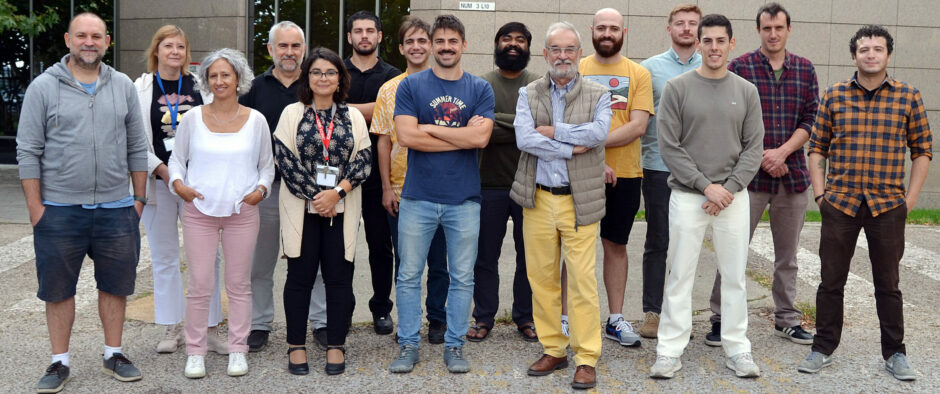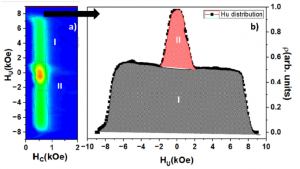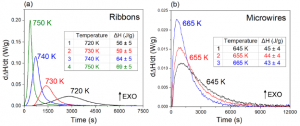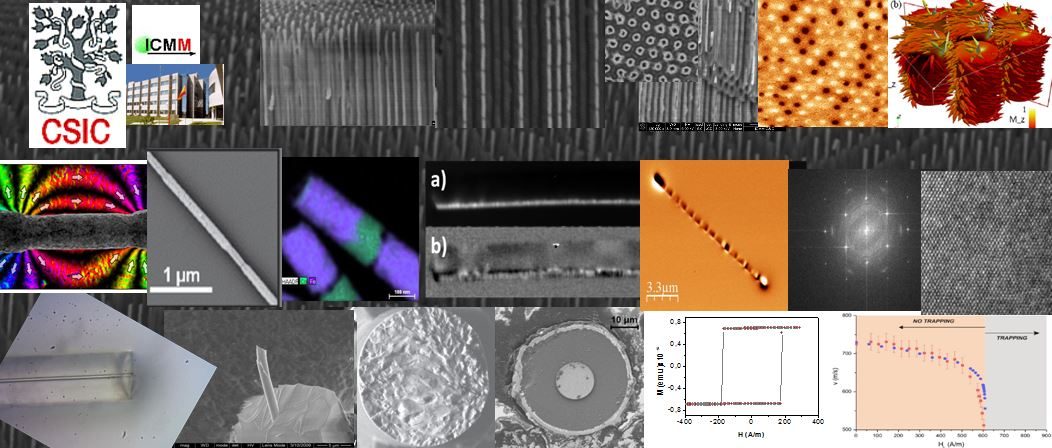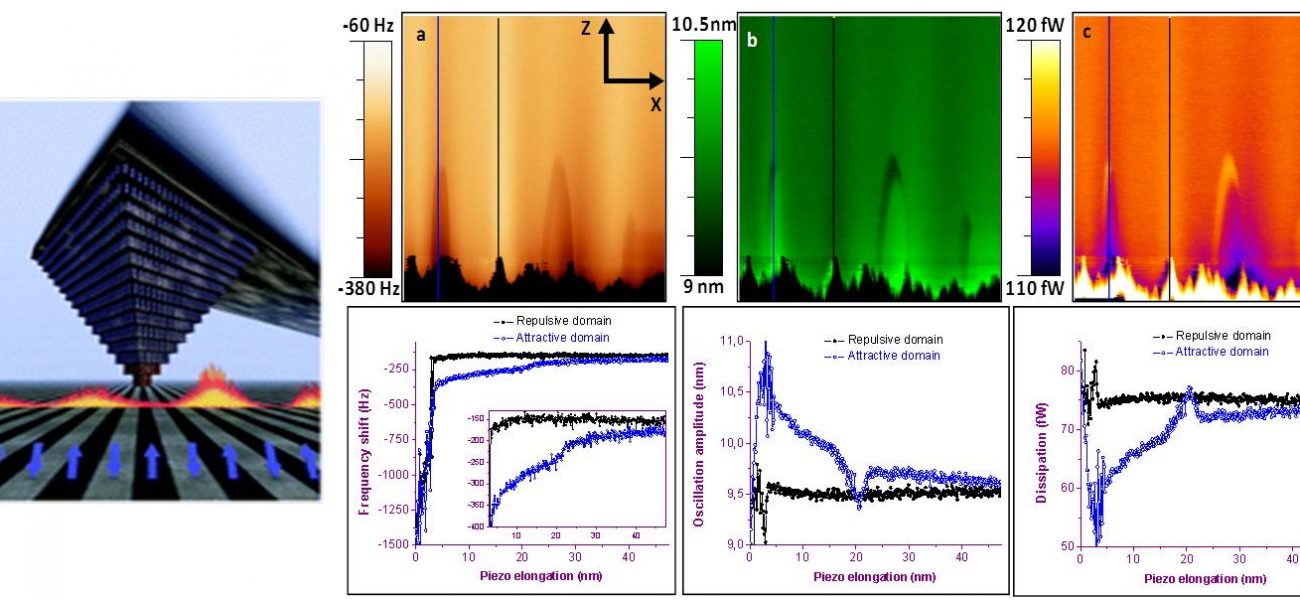“Cylindrical nanowire arrays: From advanced fabrication to static and microwave magnetic properties”
Manuel Vazquez
Journal of Magnetism and Magnetic Materials 543 (2022) 168634
DOI: doi.org/10.1016/j.jmmm.2021.168634
This article reviews information on arrays of cylindrical magnetic nanowires grown electrochemically inside ordered nanoporous alumina membranes, summarizing some of the most relevant aspects about the advanced synthesis and their static and microwave magnetic properties. It details electrochemical synthesis of templates and of metallic nanowires either as single element (i.e., Fe, Ni, Co), alloys (i.e., CoFe, CoNi, FeNi) or modulated in composition (i.e., Ferromagnetic/Metal). Static and dynamic magnetic properties are overviewed, where magnetization easy axis can be switched from the nanowire direction to the template’s plane as the nanowire filling factor increases or at a compensation temperature, deriving from the energetic balance of anisotropy and magnetostatic interactions among nanowires. The perspectives of applications making use of microwave properties are also discussed.
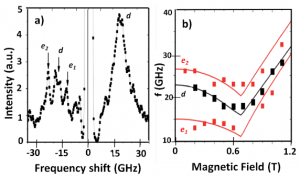
This review article is written as homage to Prof. Sergio Rezende from Brazil. The data were mainly performed in our GNMP to which so many investigators have contributed along the last 20 years. Particular acknowledgement to Dr. Cristina Bran, responsible of the electrochemistry laboratory and nanowires research for the last 10 years, to Dr. Hernandez-Velez, Dr. Kleber Pirota and Dr. David Navas who set up the laboratory, to staff colleagues, Dr. Agustina Asenjo, Dr. Rafael Perez del Real and Dr. Oksana Chubykalo-Fesenko, and to many researchers contributing in PhD, as visiting scientists and international collaborators. It was supported by the Spanish MINECO, Project PID2019-108075RBC31, and the Regional Government of Madrid, Project S2018/NMT-4321 NANOMAGCOST-CM
